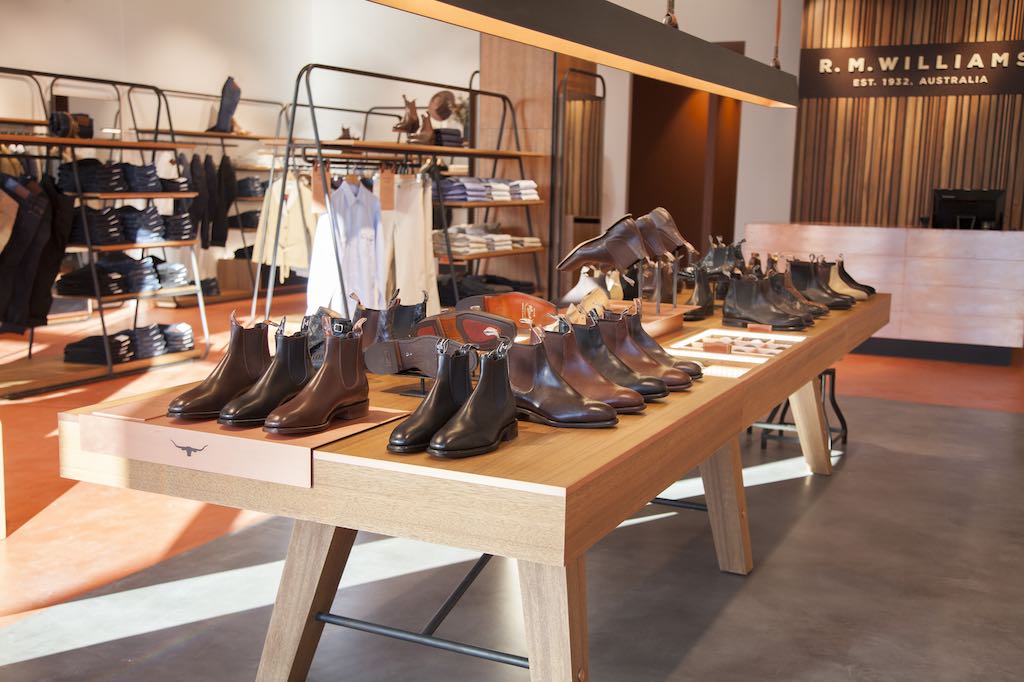Last month on the blog, we brought you the first in our two-part series on sustainability in shopfitting. In this final instalment, we’re continuing the theme with a look at what shopfitters can do to facilitate and advocate for sustainability principles in retail environments.
To refresh your memory, in the last blog, we suggested that shopfitters could:
• Prioritise sustainability from the design and planning stage
• Consider sustainability of materials
• Reuse, recycle, and re-purpose materials.
All of these measures can help to ensure sustainability principles are considered as much as possible during the shopfitting process. Here’s a few more ideas!
• Make the space adaptable
It’s long been accepted that re-fitting a store is a good way to revitalise the space, refresh the brand’s identity and re-engage shoppers. But, if a space is designed and equipped in an adaptable way from the beginning, costly and impactful structural re-fits aren’t necessary. It might sound like we’re putting ourselves out of a job here, but making a retail space that is timeless, has a low carbon footprint and can be easily adapted to update it is in the best interests of everyone! Instead of full re-fits, stores that have been planned with this functionality can simply be reconfigured, with surfaces, displays and layouts changed. Modular elements such as movable racks, islands, portable displays and flexible customer pathways can be factored in from the design stage to make this adaptability easy. On the same note, shopfitters can also consider longevity in the fixtures used in a retail space. How hard-wearing are the floorboards in high-traffic areas? Are shelving units sturdy enough for people to lean on as they reach across them? Will those change rooms still look fresh and contemporary in five years? Using materials that are fit for purpose and designed for a longer life-span can help reduce waste.
• Plan carefully
Waste on work sites in the construction industry is a valid concern when it comes to sustainability, and can still be a problem in the shopfitting stage of a build. At Storepro, we take a number of measures to reduce the waste we generate, whether we come into a project from the initial construction or after the external build has been completed. One major way we can reduce waste is by carefully managing the materials we order. Over-ordering is a huge source of waste, with leftover materials or fittings going needlessly to landfill because of inaccurate calculations or estimates. Planning exactly how much of certain materials are needed is vital, and experienced shopfitters will be able to do this with precision.
• Work within the guidelines
There are a variety of tools and standards that have been developed to help workers in the construction, building and shopfitting industries across the world understand what sustainability looks like for them. In the United Kingdom, the BRE Group, a building science organisation, has developed LIST, the Low Impact Sustainability Tool specifically for shopfitting. Working with major retailers like Marks & Spencer, LIST helps both designers and manufacturers measure and compare the environmental implications of their work. In Australia, certifications in this area vary from state to state, although some national guidelines apply. The Green Building Council of Australia (GBCA) is probably the most widely known authority on sustainability in this sector and their Green Star rating system is a respected industry benchmark. For shopfitters, knowing and adhering to guidelines set out by bodies such as the GBCA is an essential part of working toward improved sustainability in shopfitting.
We could go on and on! But, for now at least, that concludes our series on sustainability in shopfitting. If you’ve got a question or want to chat more about how we can help incorporate sustainability considerations into your next project, get in touch by calling Storepro on 1300 922 201 or emailing reception@storepro.com.au.

